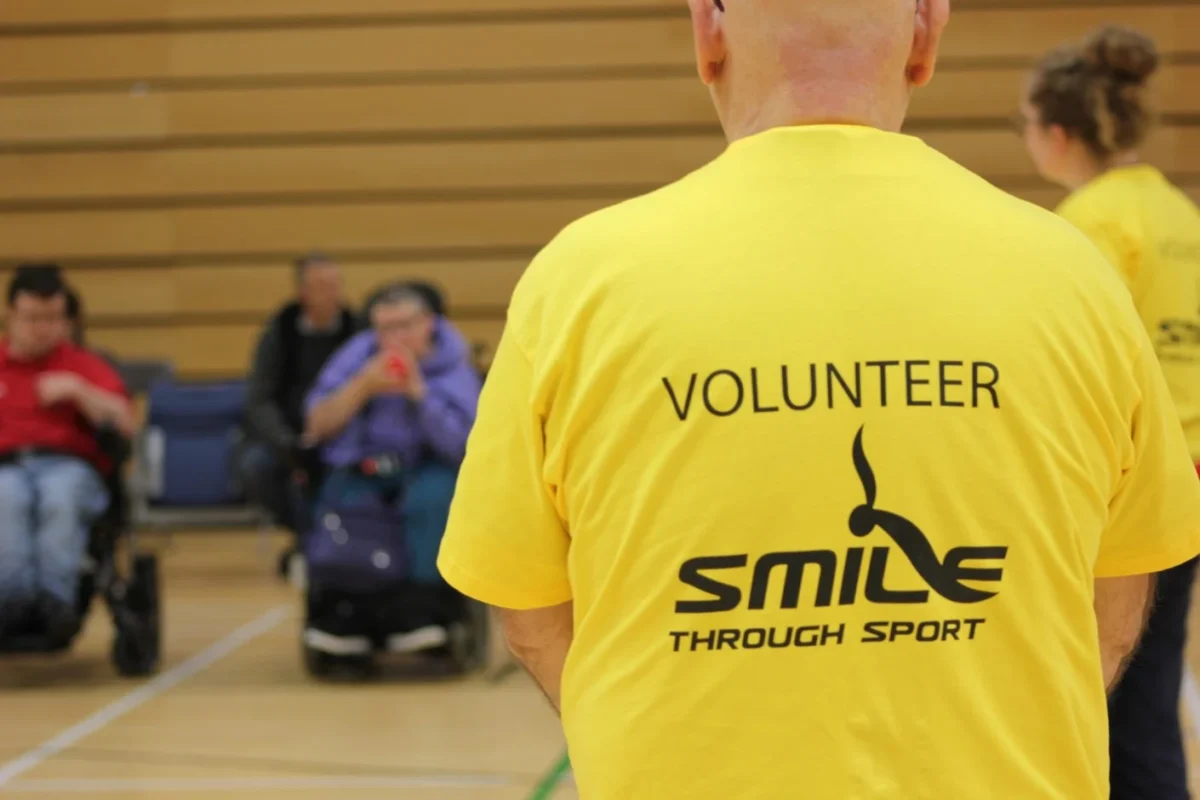Which Courses are Most Popular in the UK?

The UK has an impressive reputation throughout the world for some of the best universities and colleges, including the widely known Cambridge University and St. Andrew’s. With this come a wide selection of life changing courses available for students to help achieve the careers they want.
As 2018 saw a record number of students heading off to university in England, the competition for places on courses is tougher than ever, as more bodies fill the lecture halls up and down the country. But which degrees are the most appealing, and to whom? We look at some of the most consistent degree choices, and some that have fallen out of favour with the millennial bunch in education today.
Skyrocketing Numbers
Statistics from UCAS found that 2018 had over 511,960 British students packing up and heading to university. This equates to 41.9 per cent of the 18-year-old population in England, a new record, with 321,220 out of 765,845 taking the decision to go to university.
This begs the question whether universities are becoming more lenient with admissions or whether students are generally achieving higher grades? Or perhaps simply more teenagers are considering continuing their academic experience as a bridge to getting the careers the want.
Clare Marchant, UCAS chief executive, said: “These numbers confirm the enduring appeal of the full-time degree experience in its own right and as a gateway to a fulfilling career. The significant increases in applications from EU and international students demonstrate the continuing popularity of UK higher education.”
The Most Popular Courses
Course which received the most students for that year were subjects relevant to medicine. This includes students studying pre-clinical Medicine, pre-clinical Dentistry, Nutrition and Pharmacy with 254,000 applicants. In second place was Biological Sciences with 221,000 applicants and in third was Business and Admin Studies with 207,000.
Courses which were the least popular were non-European languages, literature and related, which only saw 4,070 applicants. This low figure has contributed towards some universities considering closing the course altogether.
Results show that around 187,000 students enrolled in a college in the UK in 2019 to study a higher education course. Newcastle College, a further and higher education college in the North East, found that its most popular degrees were music and performance, with 16% of its degree students choosing this area. This was followed by sports (12%) and digital arts (11%).
Gender Gap
Gender demographics haven’t changed all that much in regards to which courses are more popular with men and women. For a number of years now, a widening gender gap trend is occurring in the UK. UCAS figures from the year 18/19 show that there were 98,000 more female applicants than males, with similar figures for the previous year, and double that of 2007 statistics.
Nursing was found to be the course with the biggest gender divide, where women outnumber men at nine to one. The second biggest is Psychology, followed by Social Work, Education and Design. The flipside to that is the continuing trend of less women choosing subjects related to STEM (Science, Technology, Engineering and Maths). The subject that favoured women the most was Medicine, with 208, 460 applicants, and the least popular was technologies with only 1,230 applicants.
The most popular course with men was Business and Admin Studies, with 117,650 applying to take the course. The least popular was Non-European Languages, Literature and related studies, mirroring that of the overall student population.
STEM Subjects and Gender Gap
A gender divide in STEM subjects isn’t down to one specific reason, rather a whole host of tangled reasons. One could be a pipeline issue, where the encouragement in schools for girls to take these subjects isn’t as apparent as it is for boys. Other more traditional perspectives points towards the biological differences between men and women, but recent meta-analyses of this area of focus show that girls in fact match or outperform their male counterparts in STEM subjects in this country, although tend to perform worse on timed tests.
It’s theorised that this gender gap is socially constructed. ‘Social belongingness’, where students pick the subjects they wish to take at Further or Higher Education as a result of more of their gender being present, feeling they would fit in better and succeed more. If this is the case, then self-efficacy could play a part in the popularity of courses for women. Even in one of the most gender-neutral countries in the world, Sweden, and despite the evidence that their marks weren’t necessarily lower and better than their male counterparts, they still seemed to be succumbing to the stereotypes that women aren’t as capable in these subjects.
Biases towards what courses men and women should study begins in school, nurtured and stick without them throughout education, for both male and females. But in order to attract more girls into STEM subjects, these stereotypes need exposing and quashing. One way to do this has been to exaggerate the role models available in these areas to women with many groups and organisations, one being Speakezee, sending female STEM graduates into schools and colleges to inspire the next wave.
It’s important to encourage students to choose whatever course it is they’re interested in and to help prevent biases and stereotypes.











Responses